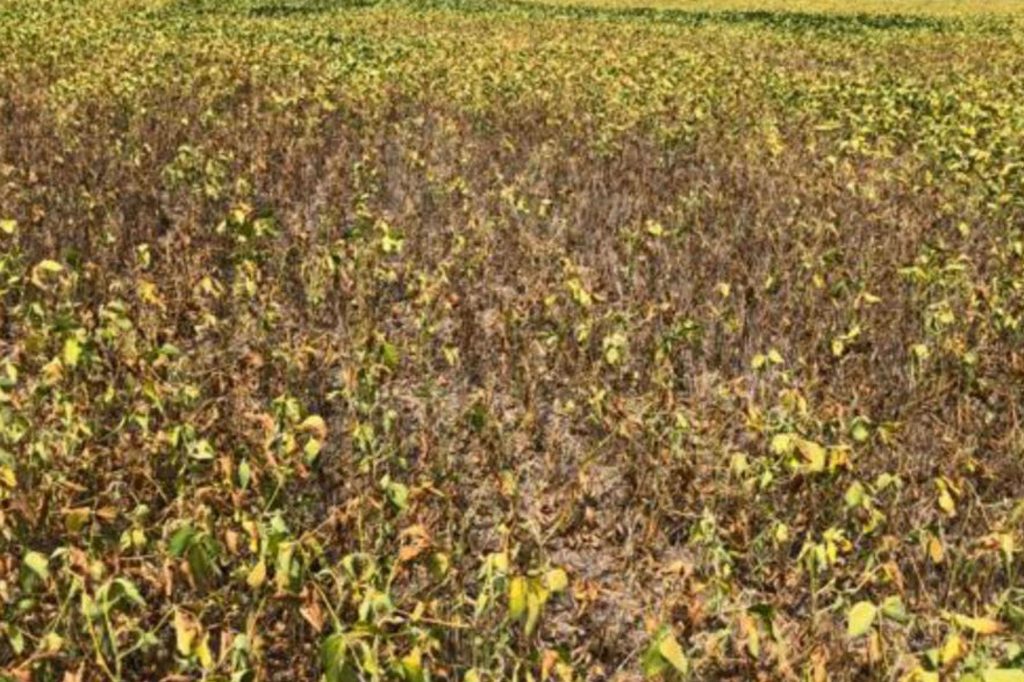Climate and agricultural technology: What technologies does the producer need?

In mid-December, southwestern Buenos Aires and some areas of La Pampa suffered severe storms, and a few weeks ago a video of Santa Rosa and its rainy and cold streets spread in WhatsApp groups.
Unfortunately, Climate phenomena that harm producers are not unique to our country. In 2020, India and Pakistan have suffered from an unusual locust infestation causing massive damage to cropsJust to mention some climate change related events in the rest of the world.
Ironically, Agriculture is one of the major contributors to climate change and is, in turn, the most affected actor. Technology You must play an important role To make agriculture more sustainable Indeed with Precision farming represented a lot of the solution, But even with more than 20 years of application, it has not succeeded in curbing climate change.
To accompany and alleviate climatic difficulties Agricultural meteorology appears on the radar, It combines agricultural and atmospheric science to help producers make decisions in the short, medium and long term.
A simple example is the advice of agricultural meteorologists regarding meteorological variables that will or may not cooperate to meet water requirements and the volume of irrigation equipment. In the short term, how much watering the crop will need.
Climate: What are the primary technologies the producer needs?
Among the tools recommended by meteorologists and available to all, It is the website of the National Weather Service. And in the second case Close or private weather station To identify the sure predictions that the models can miss, in this way estimation errors are minimized.
With this simple technique, it is also possible to determine if there is a fire risk to start the harvest; And if the use of agrochemicals is to be regulated in the future, the producer can know if the application has been carried out under optimal conditions.
The Rest of the World: Developments in Technology and Climate
Artificial Intelligence and Climate: In 2020, the UK start-up started, Cervest launched its real-time weather forecasting platform with the aim of helping decision-makers manage risks and inform policies on climate change..
The company is leveraging artificial intelligence to analyze billions of data points and predict how changes in climate will affect the future of entire countries down to individual landscapes, to enable companies, governments and land managers to adapt to the changes. Climatic and extreme events.
Climate and Insurance: In May 2020, Digital Agriculture Services (DAS) Australia’s largest agribusiness insurer has launched a platform that will be made available to all rural property owners in Lucky Counter.Access to a risk report free from forest fires and climate risks.
What do you do in the future? I spoke with Matthias Cambariri, Head of the Agricultural Meteorology Laboratory – EEA INTA Balcarce and asked him about technological development and public policies to curb climate change: “In Argentina, we haven’t quite reached the modern age of setting policies to prevent climate change, but we can copy a lot of what has been done in the region,” He said.
Cambareri suggests going back to what Essential for obtaining data: records of rain, wind and drought, so that with this information, it is possible to better estimate the periodicity of events.
The impacts of climate change increase yield vulnerability and threaten the economic performance of producers, but there is little technology available at the moment.
The author is a partner at Barrero & Asociados
to me Standards
more information
Next to

“Pop culture advocate. Troublemaker. Friendly student. Proud problem solver.”






:quality(70)/cloudfront-us-east-1.images.arcpublishing.com/metroworldnews/KAMPU362RJDWBEEJAHCQQIMWEE.jpg)



